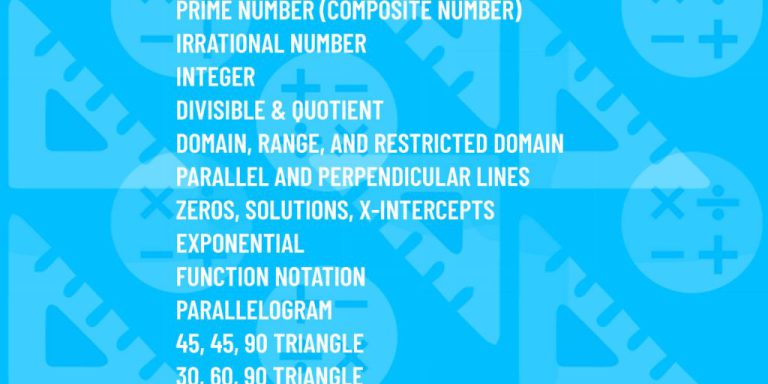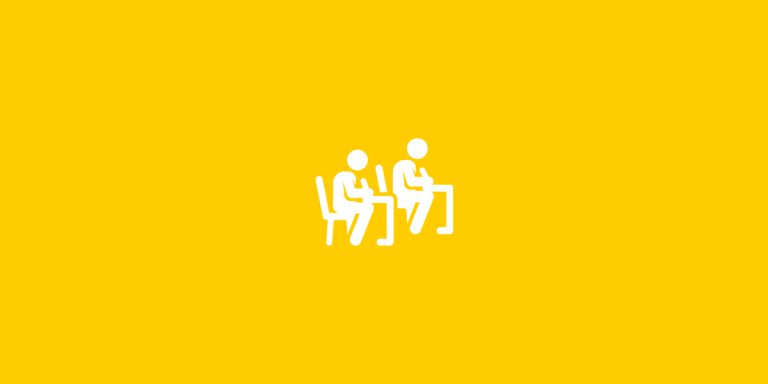Have you ever wondered how mathematicians visualize math? What is it that they find beautiful and fascinating about a topic that makes so many feel like they are drowning in a sea of numbers and symbols? This is the key: many mathematicians visualize math concepts, allowing them to understand the numbers in a tactile way.
We’re firm believers that everyone learns well visually, which is why the professionally-animated videos in our SAT study course visualize math word problems and concepts. Watching tricky SAT word problems come to life through a video has helped many of our students master math concepts they’ve struggled with for years.
Because we think visualizing math is so key to understanding math, we’ve put together a list of a few of our favorite websites and books for visualizing math, below:
Websites to Visualize Math
Olive Book SAT Course and YouTube Channel
See how we visualize math problems in our SAT course by checking out our YouTube channel, where we post free SAT math practice problems. Once you’re sold on the visual approach to SAT test prep, head on over to our website to enroll in a course.
Ben Orlin, one of our math content creators, shares comics (his own), math musings, and answers to math questions you never knew you had on his blog Math With Bad Drawings. Ben’s drawings are “bad,” but those little colored pencil drawings are great visual aids to uncover complicated mathematical concepts.

Grant Sanderson’s goal with for 3Blue1Brown is “for explanations to be driven by animations and for difficult problems to be made simple with changes in perspective.” Grant creates animated math videos on YouTube that do just that. Most of the content is a bit above the level of the SAT–more like college-level math–but it’s incredible.

Catronia Shearer posts elegant, deceptively simple (but really challenging) geometry puzzles on X. We’re pretty sure she’s a genius.

Desmos is a great interactive site for graphing and manipulating complex functions. Type in your function on the left and watch your graph change as you manipulate variables. This is an amusing example.

IXL has hundred of practice problems for all levels of math. There are answers and explanations for each question, and if you create an account you can track your progress.

Vi Hart explains mathematical concepts armed with Sharpie markers and some creative analogies. The author goes into more complex math (but still in an accessible way) than you’ll use on the SAT test, but it’s an exemplary channel for learning to love the patterns and intricacies of math theory.

Numberphile
Another YouTube channel that breaks down big math concepts and makes them accessible.

The goal of Better Explained is to “help you truly understand new concepts” through articles and graphics. They keep the big picture in mind when explaining concepts so you always know where you’re going.

Books to Visualize Math
Math With Bad Drawings – Ben Orlin (who we mentioned above) wrote a book!
Real Life Math Investigations – Edward Zaccaro
The Grapes of Math – Alex Bellos
Here’s Looking at Euclid – Alex Bellos
Factfullness – Hans Rosling
How Not to Be Wrong – Jordan Ellenberg
If you’re looking for more, here are some books that aren’t necessarily for visualizing math. . . but they are books recommended by our friend Ben Orlin, who we’d trust with our lives on this topic.
“Pop Math” books:
Joy of X – Steve Strogatz
Math history/biography:
Genius at Play – Siobhan Roberts
Fermat’s Enigma – Simon Singh
The Man Who Only Loved Numbers – Paul Hoffman
Math-adjacent books:
Hello, World – Hannah Fry
Lost in Math – Sabine Hossenfelder
Also, all the puzzle books by Martin Gardner are classics, and you can find several for free online.
The goal when learning math is to learn why and how the numbers interact so you don’t become a rote, rule-following robot. Numbers are fascinating and complex, but memorizing the rules without context will make them seem boring. Try these resources for visualizing math and see if they change your relationship with the subject. Let us know what you think by emailing us or sharing your thoughts on one of our social media platforms:













